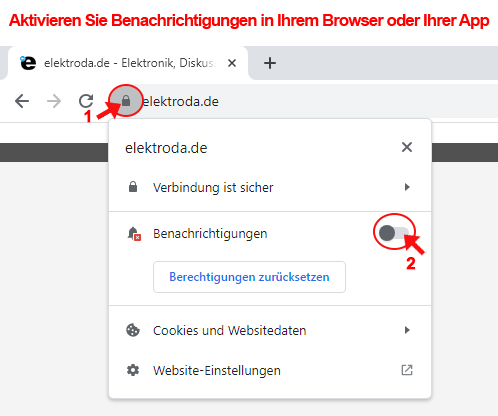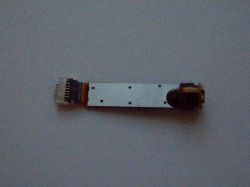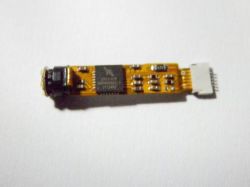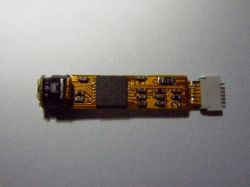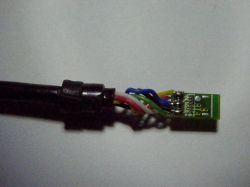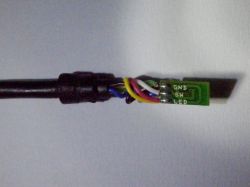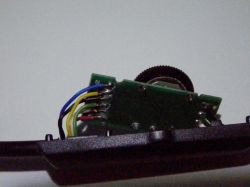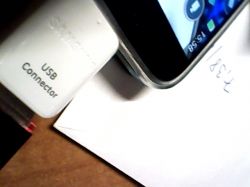Hier ist eine Erklärung, warum das USB-Kabel im passiven Zustand ohne Elektronik und Verstärker eine maximale Länge von 5 m haben sollte
und nicht 10 m oder 20 m, denn es ergibt sich aus dem USB-Protokoll und eine Rückmeldung, die den Aufbau der USB-Verbindung bestätigt, soll innerhalb von 1,7 μs liegen.
Es gibt 3 Versuche, und wenn zu diesem Zeitpunkt keine Antwort erfolgt, wird die Verbindung aufgrund der längeren Kabellänge als nicht verbunden betrachtet (die Grenze ist die Lichtgeschwindigkeit, d. h. die Geschwindigkeit der elektrischen Impulse im Kabel).
Und dies signalisiert die Anwendung "Endoscope for Samsung" dass das angeschlossene USB-Kabel nicht an das Samsung-Telefon angeschlossen ist.
Der PC bietet mehr Flexibilität und diese Kamera arbeitet mit VGA-Auflösung.
Das 20-Meter-USB-Kabel sollte also aus 4 Hubs von 5 Metern bestehen, wenn passiv, und es kann sogar 25 Meter lang sein, wenn es mit integrierter Elektronik mit Verstärker aktiv ist, also mit in das Kabel eingebetteten Hubs.
Weitere Details hier:
http://www.yourcablestore.com/USB-Cable-Length-Limitations-And-How-To-Break-Them_ep_42-1.html
https://superuser.com/questions/64744/maximum-length-of-a-usb-cable/64747#64747
und die Quelle ist:
https://www.usb.org/
"The length of a USB communication link is limited by the USB architecture of having five hubs in the link. The USB protocol requires that USB devices send back handshake packets as ACK, NAK, NRDY, etc. These responses must come back to host within a specified time-out, which is set to 1.7 µs. The host controller hardware would set a flag/interrupt if the response is not received in time after 1-2-3 attempts, which would mean the link failure.
Now, what was the basis for this 1.7 µs limitation? It is based on a worst-case round trip of handshake packets. All is explained in USB 2.0 specifications, Section 7.1.19.2. There are three factors:
Physical signal integrity over a twisted-pair differential for a realistically manufacturable cables (impedance matching, cable uniformity, signal loss). This came out as 5 m cable length limit per segment. A 5 m cable has an estimated one-way propagation delay of 26 ns per USB specifications. All six cables will have the round-trip delay of about 300 ns.
Digital signal propagation delay along the hub's repeater path, which is limited to by suggested architecture to 40 HS bit times, which is about 80 ns per hub one-way. Five hubs will have the round-trip delay of about 800 ns.
A USB device is allowed to respond in 192 bit times, which is 400 ns.
So, total response time is 1500 ns. The specification allows some slack, and extends the time-out to 1700 ns.
Therefore, the limit for media propagation time is 1700 ns - 400 ns = 1300 ns, or 650 ns one way. If you can manufacture a cable that has such a low loss over 650 ns of wave propagation that it can deliver an open signal eye meeting USB far-end template, a host with a single USB device can work with it. Taking 26 ns per 5 m, it comes down to 125 m of cable. This is the maximum theoretical limit.
I'd love to see if this kind of cable can be made. Personally I had a good no-error link with 40 ft (12 m) cable made of Cat 5e. But it depends on quality/sensitivity of receivers on both ends of a link.
shareimprove this answer
edited Jan 11 '17 at 19:19
Peter Mortensen
 und es wird eher nicht funktionieren. Der Grund liegt anderswo. Ferritfilter helfen, das Signal zu verbessern, sie beseitigen Störungen. Ich habe jedoch einfach kein Bild. Es geht nicht um kleinere Störungen, dass etwas blinkt oder weniger klar ist.
und es wird eher nicht funktionieren. Der Grund liegt anderswo. Ferritfilter helfen, das Signal zu verbessern, sie beseitigen Störungen. Ich habe jedoch einfach kein Bild. Es geht nicht um kleinere Störungen, dass etwas blinkt oder weniger klar ist.



